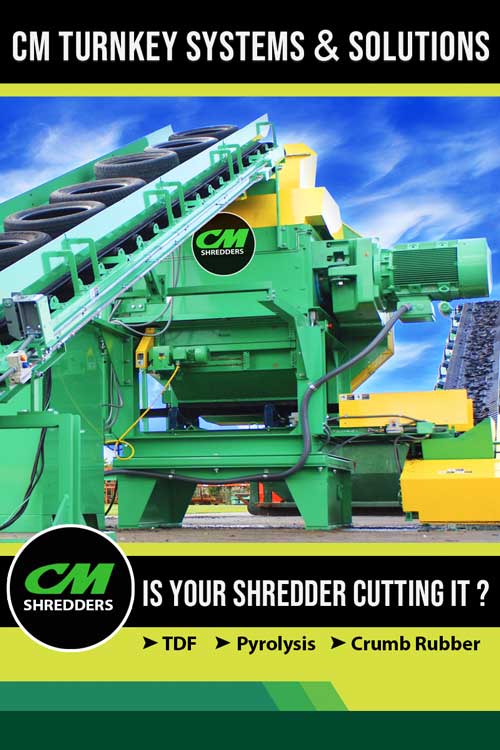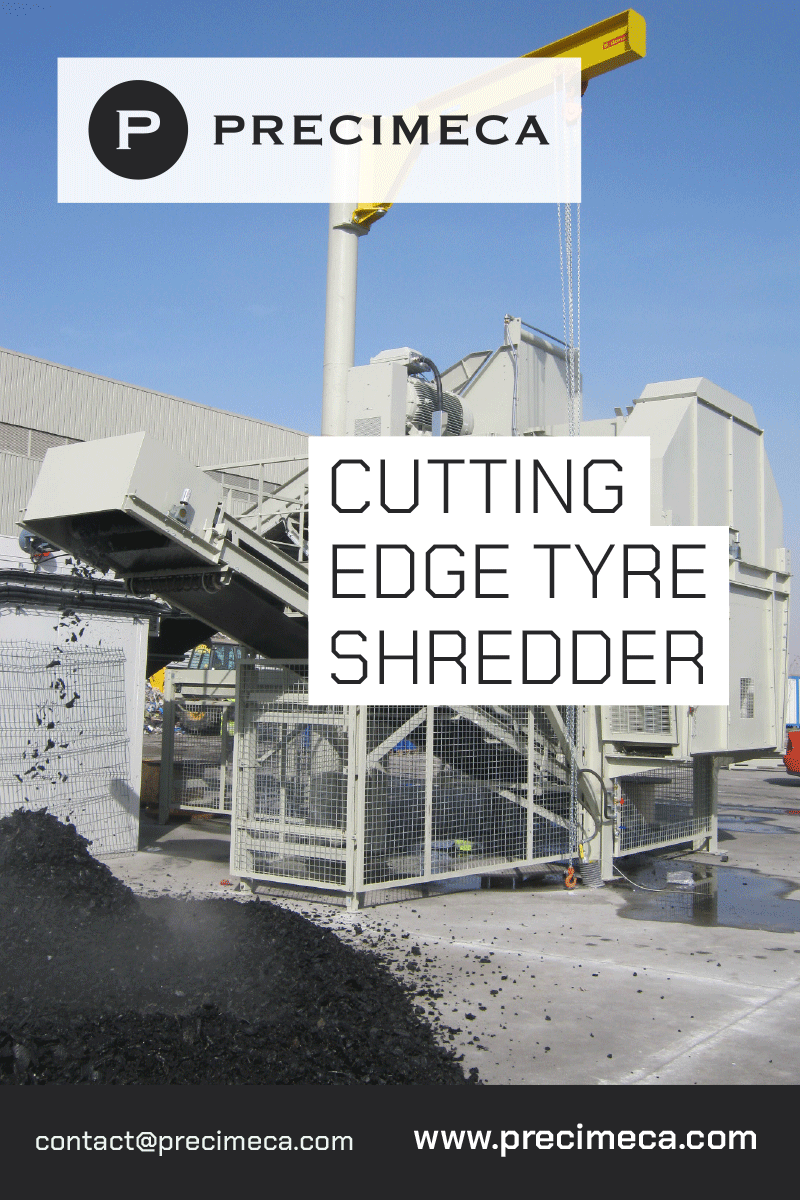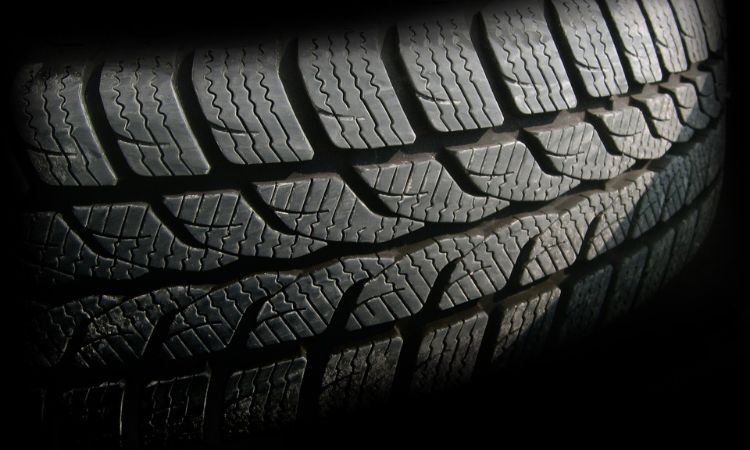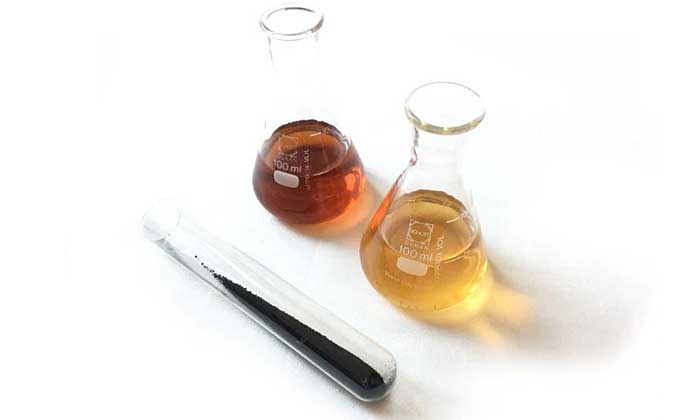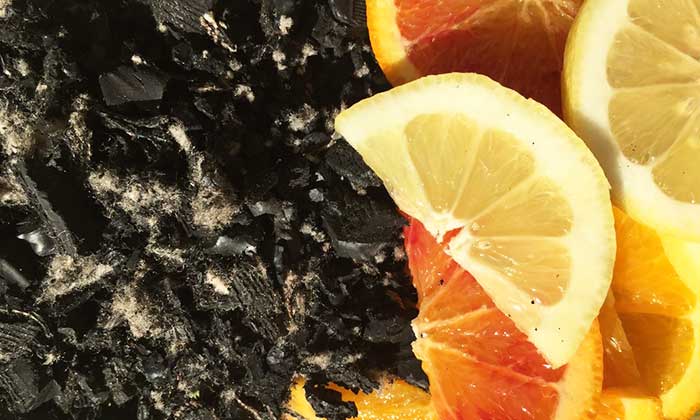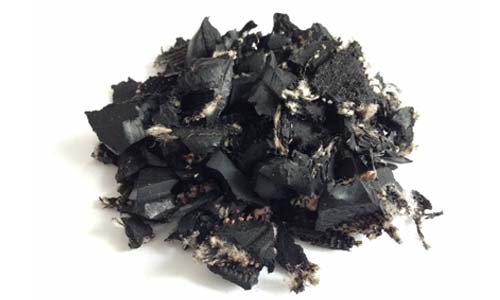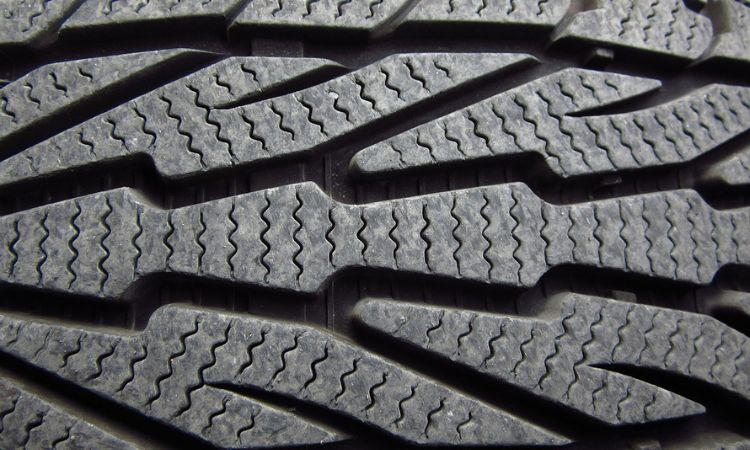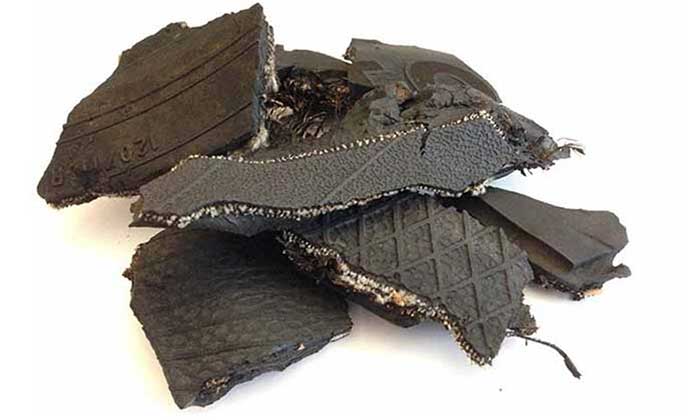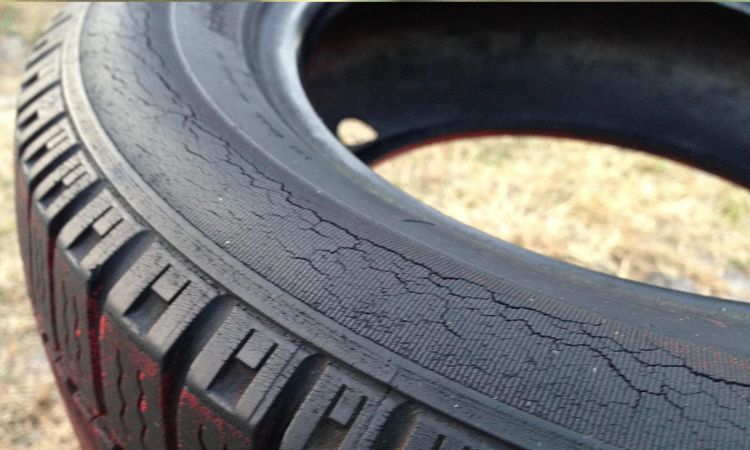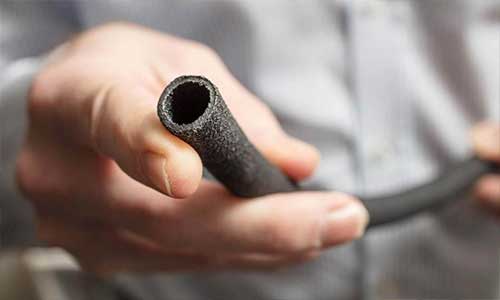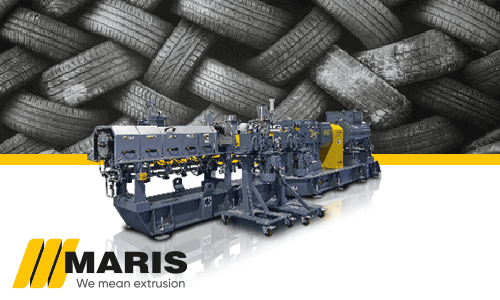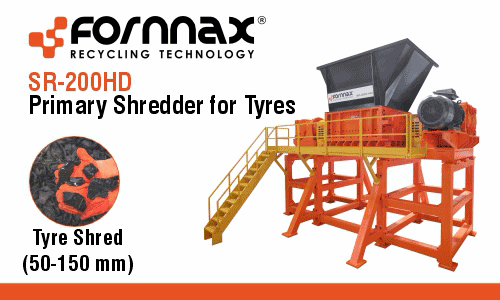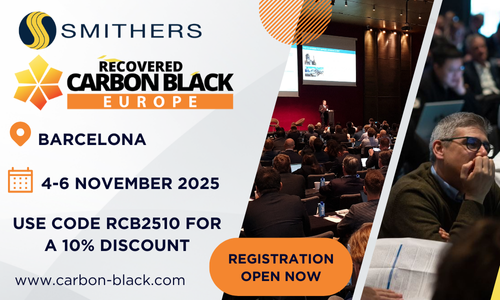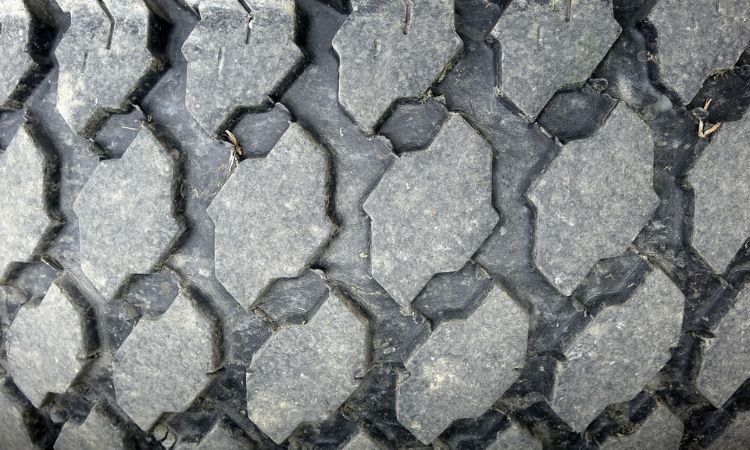
Weibold Academy: Innovation in batch-type waste tire pyrolysis technology (part II)
In our last article (Part I) we addressed the question of how the advantages of a classic batch-reactor process design can be combined with those of a continuous process mode. In the current article (Part II) we address some characteristics and advantages of a batch reactor regarding the thermochemical reactions and their effects on the end products. We refer to the extensive scientific literature and to the findings of successful companies in the industry.

